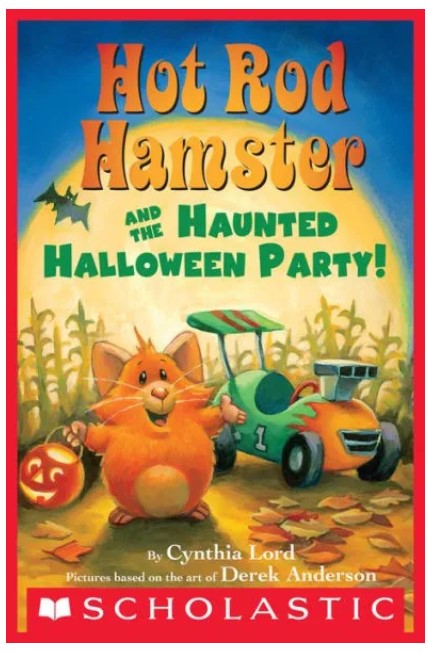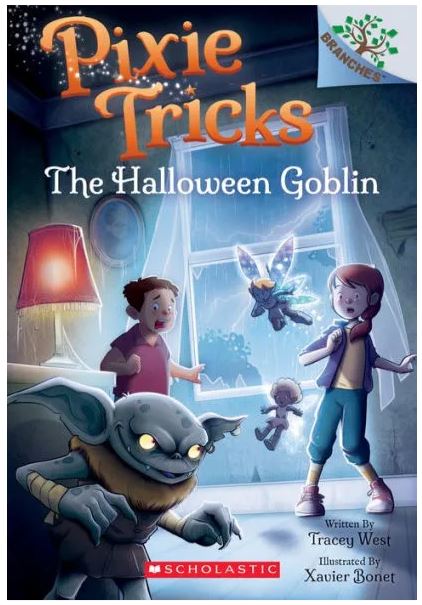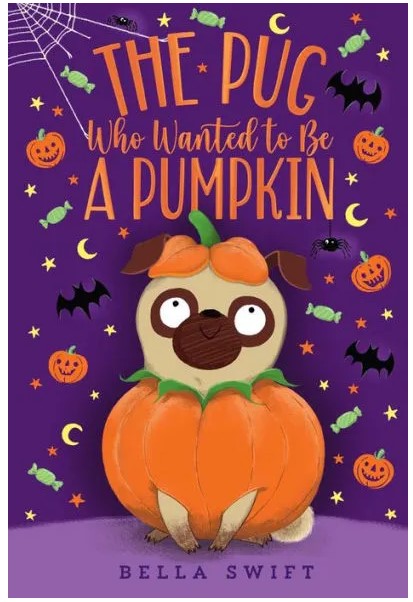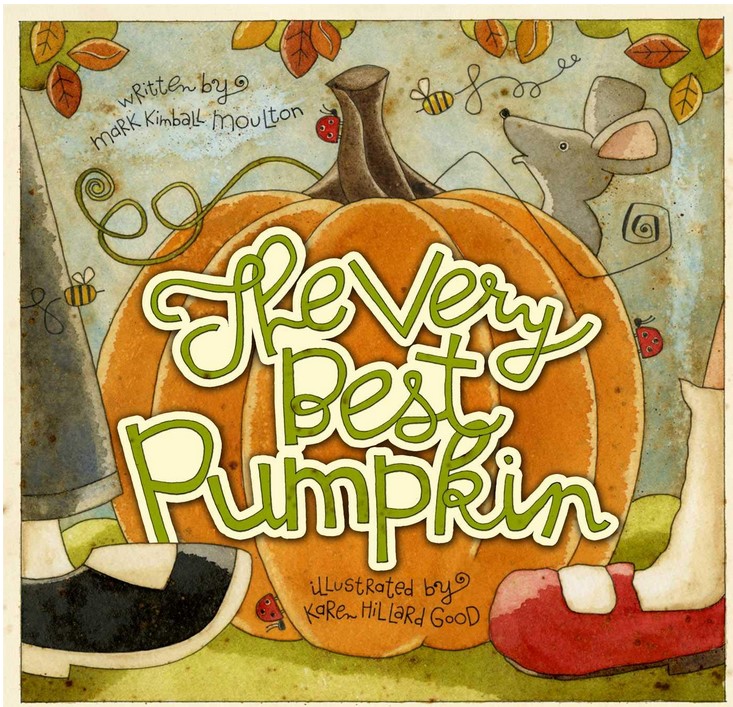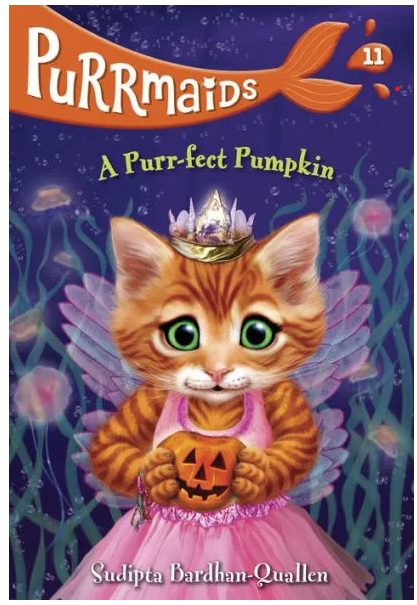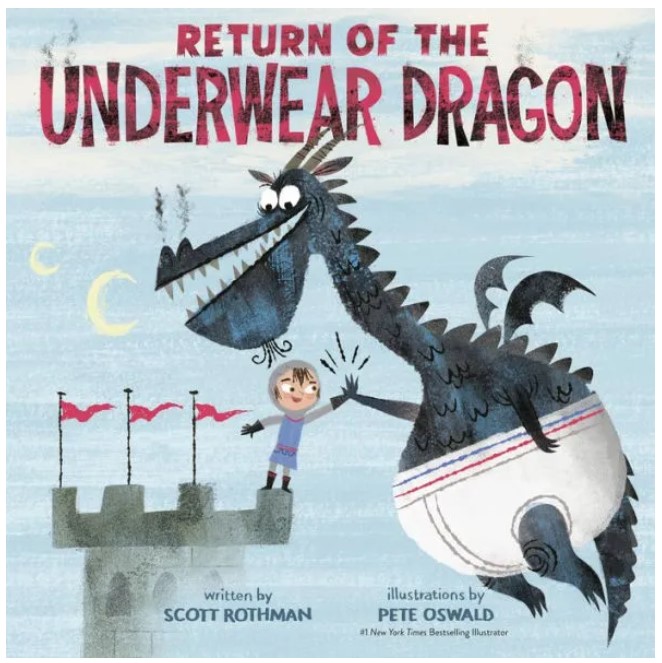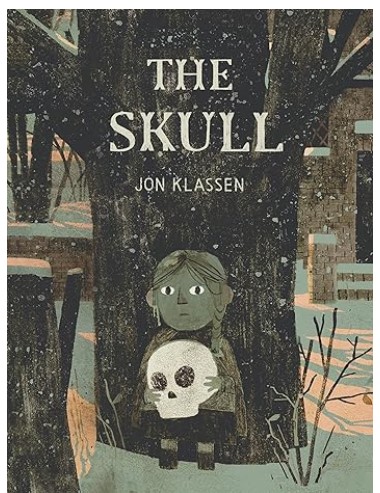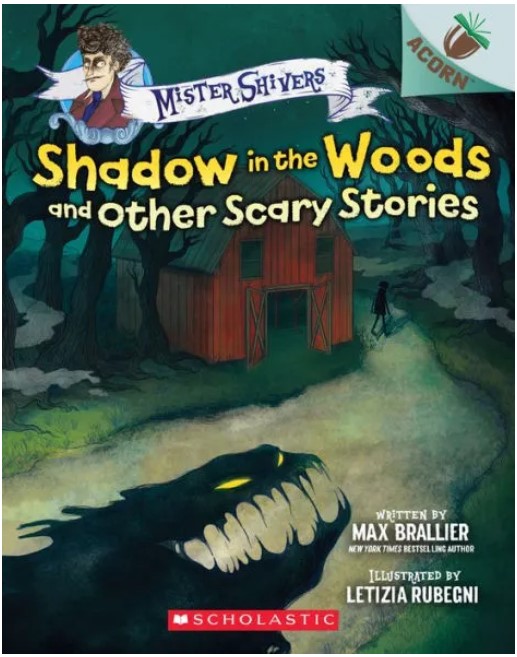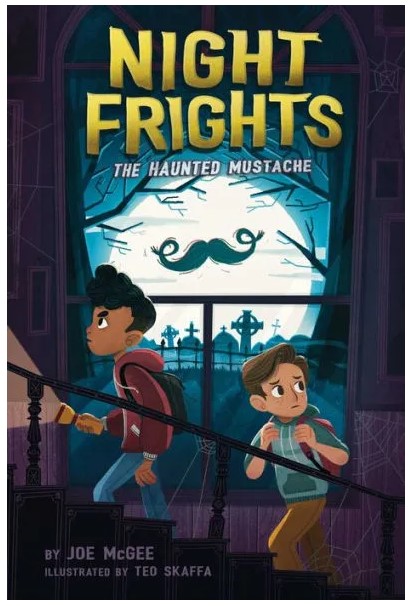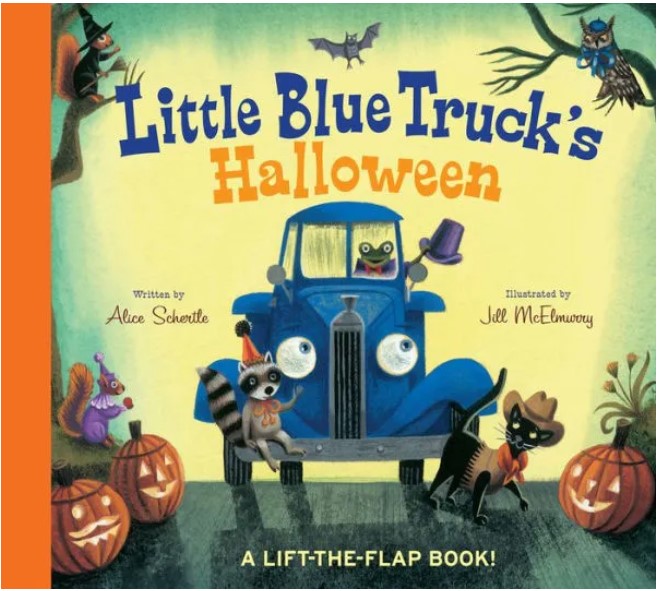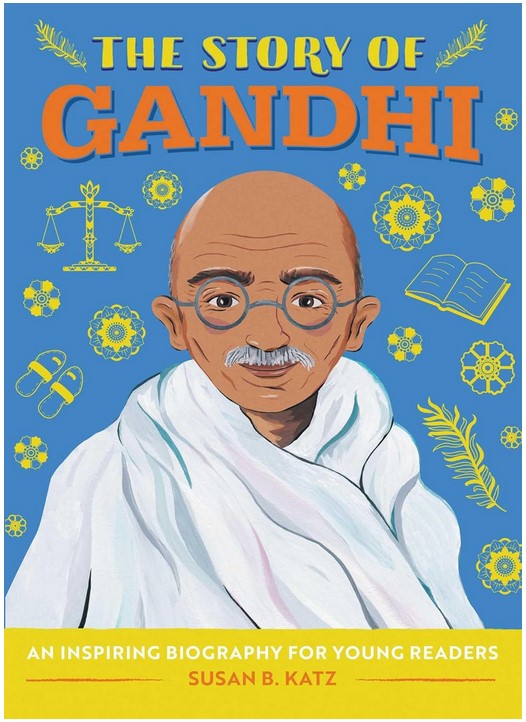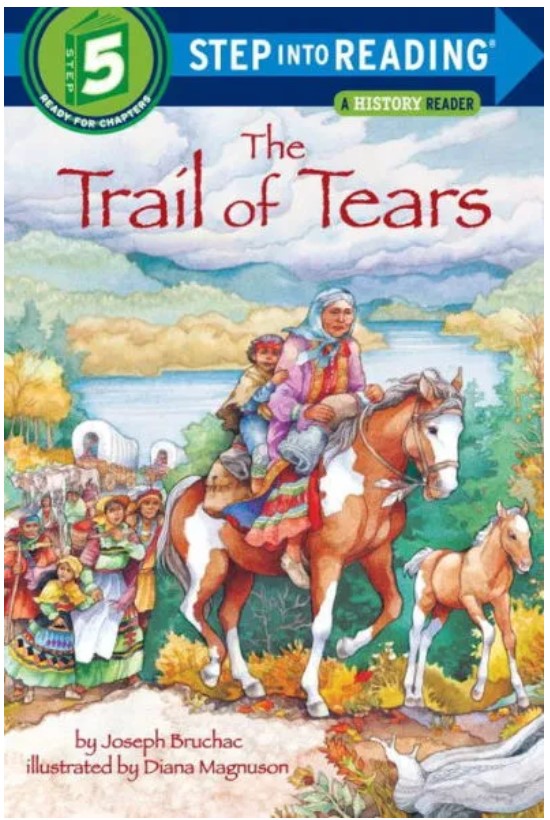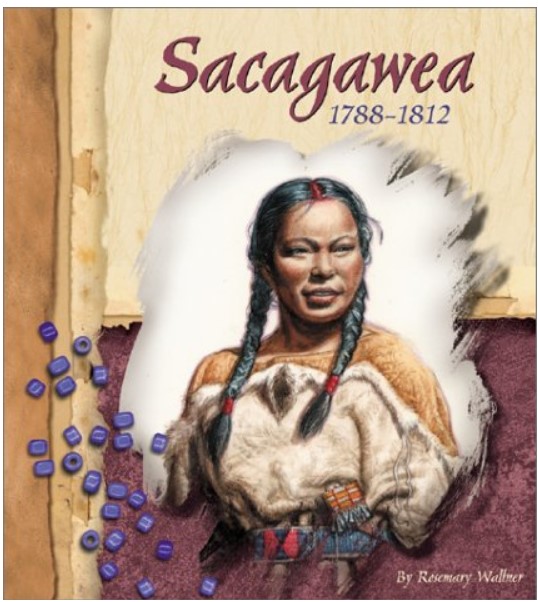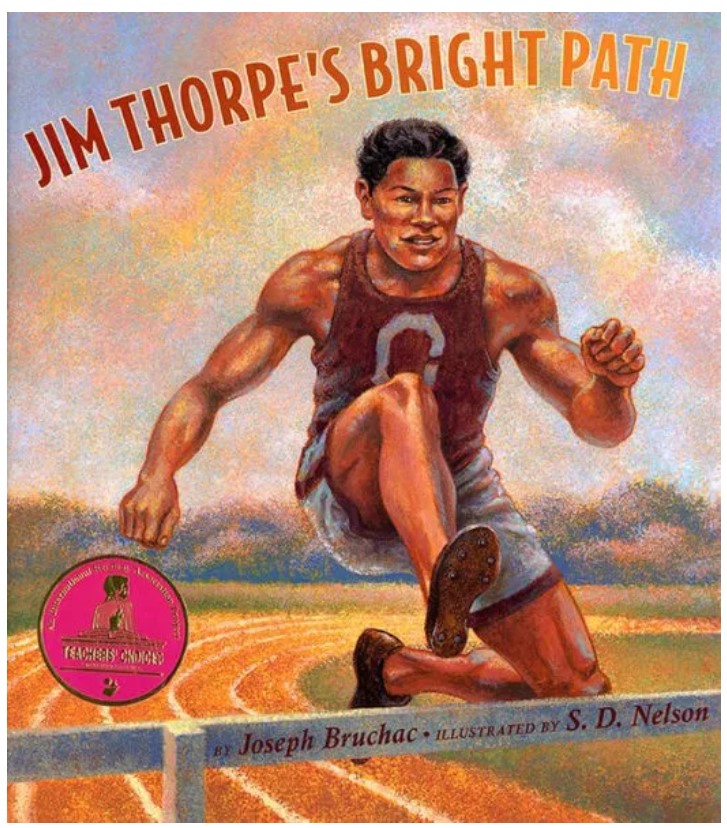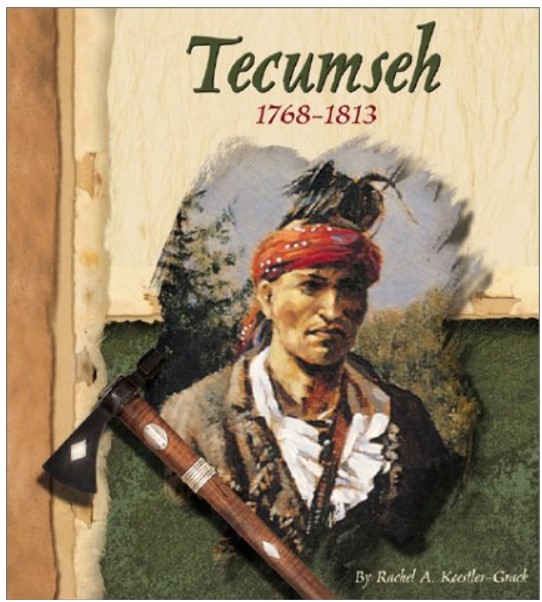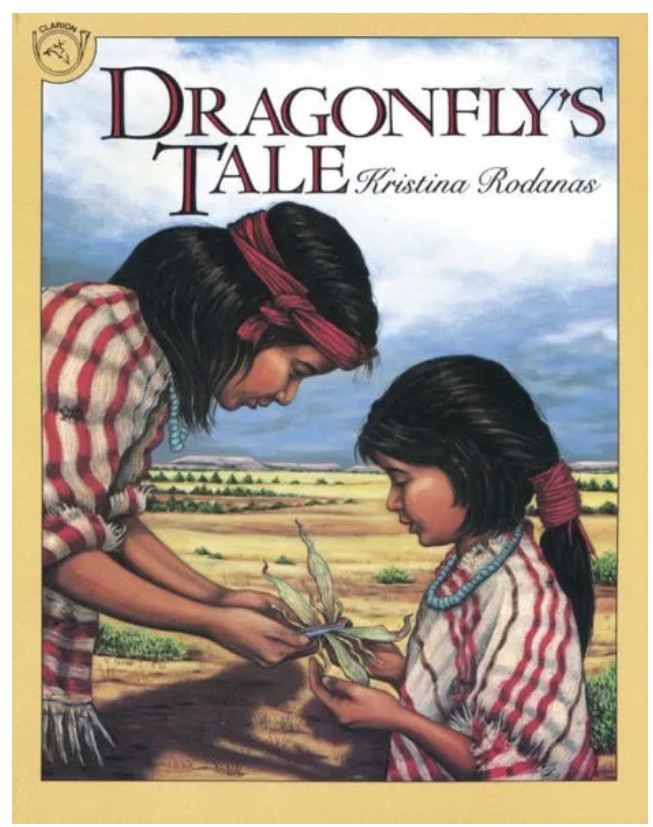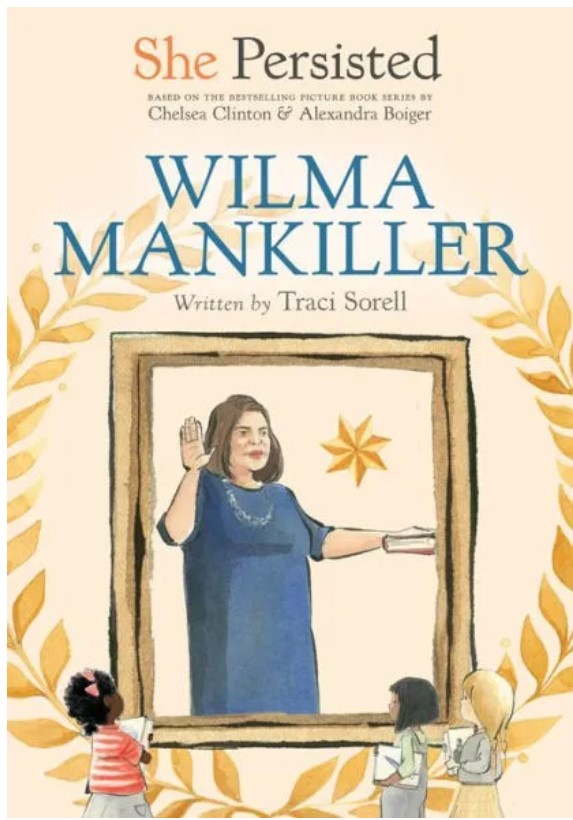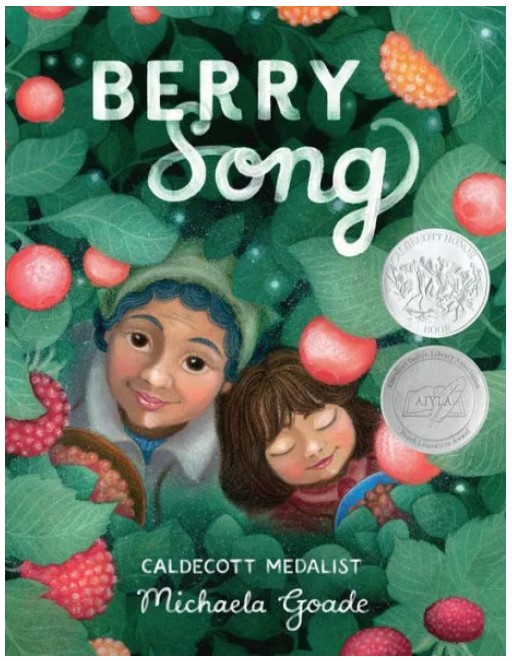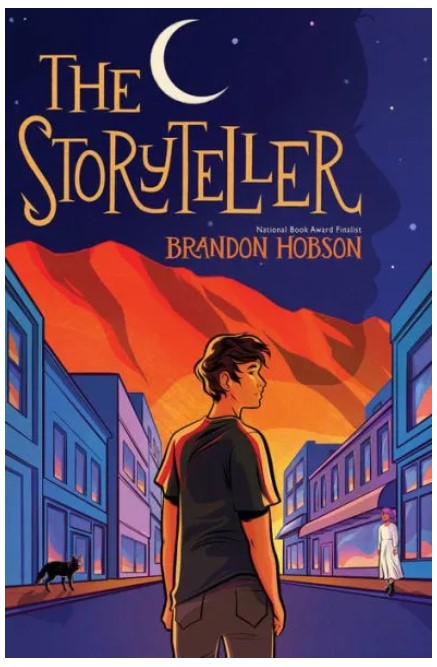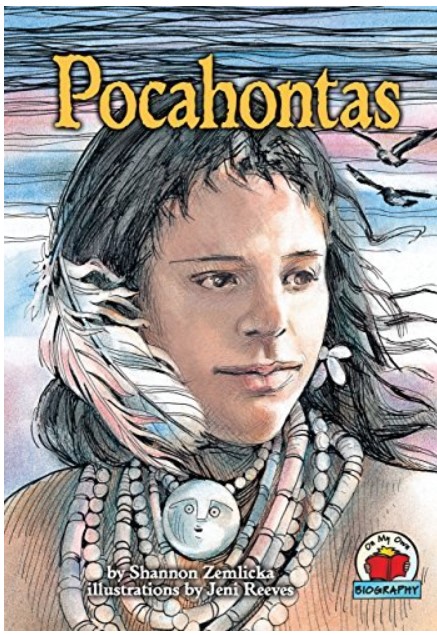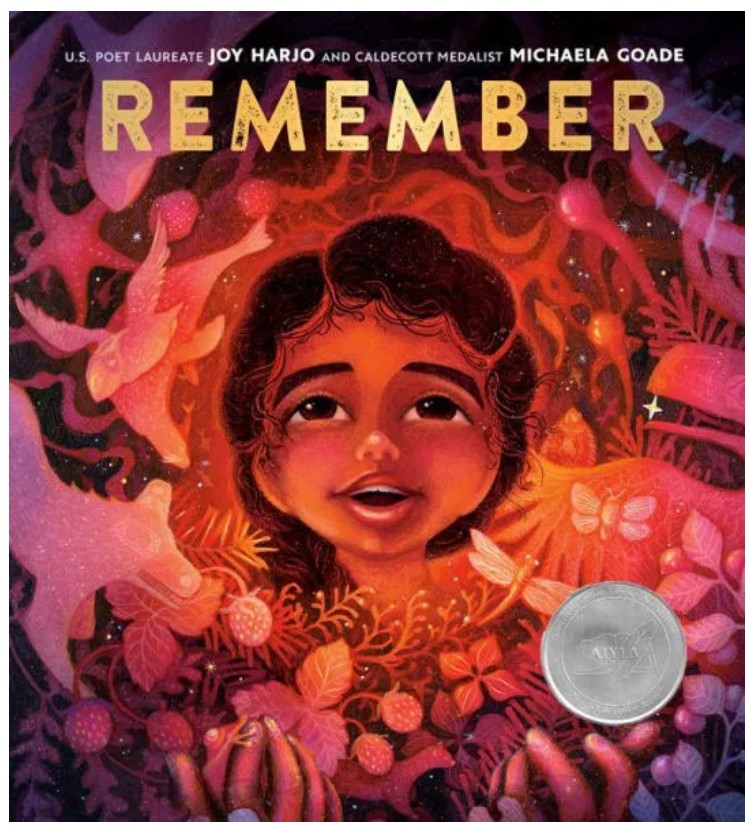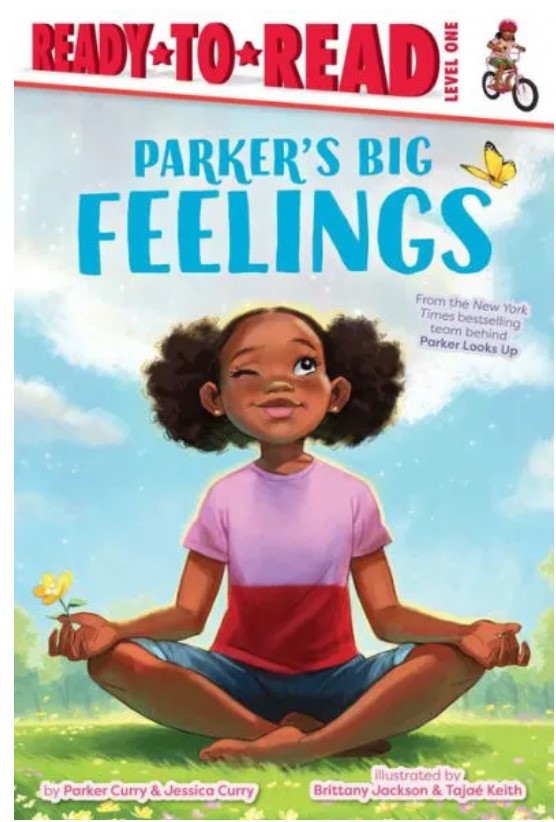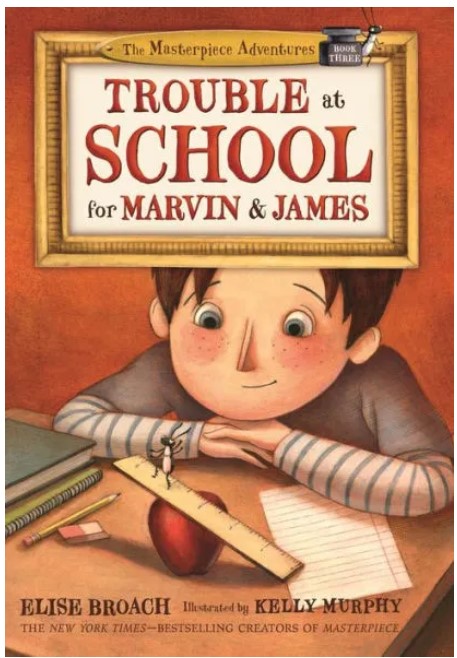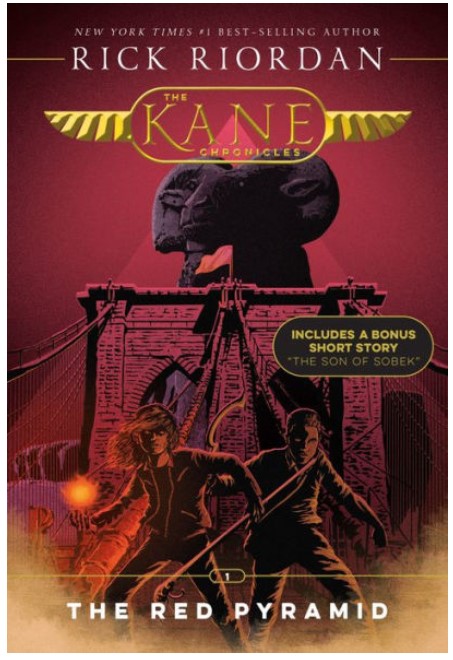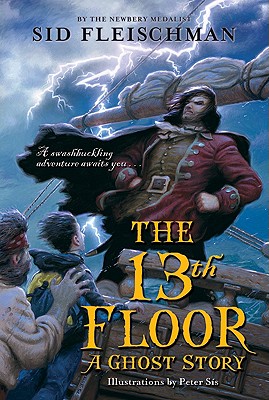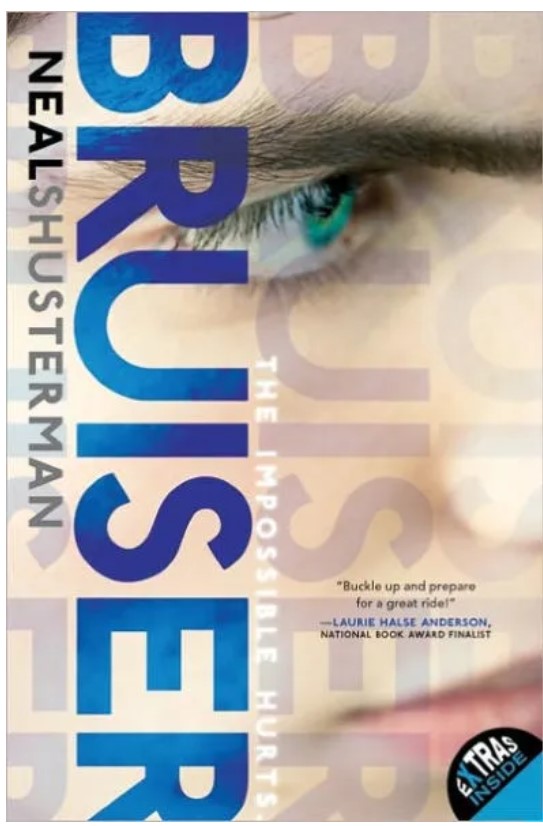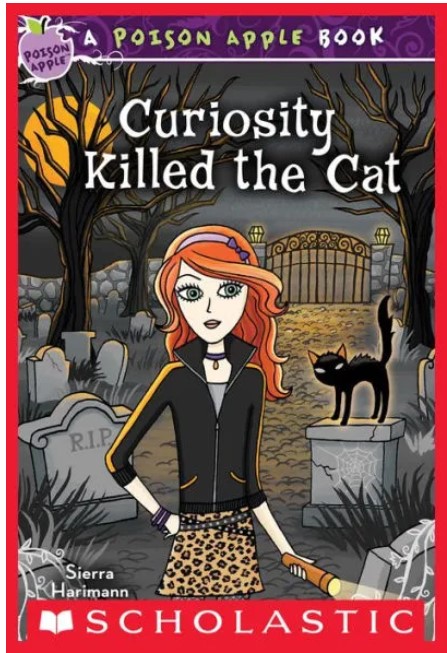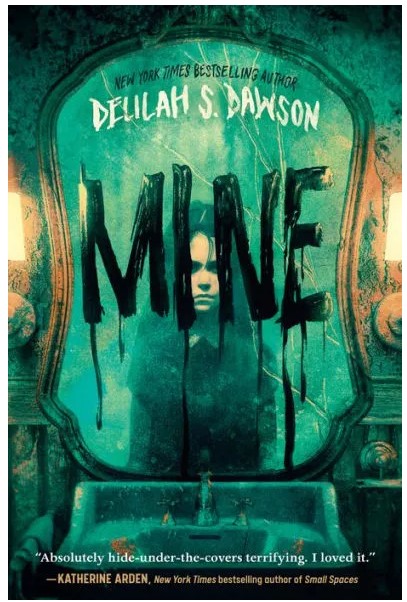Halloween is off to a great start for Hot Rod Hamster. He has received an invitation to a costume party, where the guests with the best costumes will win a prize! Everyone is welcome, so Hot Rod Hamster races to the junkyard to invite his best friend, Dog. After a visit to the costume store, the two decide to dress as rock stars. With their instruments, leather jackets, and spiked hair, Hot Rod Hamster and Dog are confident about their chances of winning the contest.
However, on the way to the party, Hot Rod Hamster’s car breaks down. If that isn’t bad enough, it has stopped in front of an eerie, foreboding house. Now Hot Rod Hamster and Dog have no chance of making it to the party in time…that is, unless they go to the spooky house for help. But when they step through the open door, they are greeted by four ghosts!
Although startled at first, Hot Rod Hamster and Dog quickly realize that they have stumbled upon four particularly friendly ghosts. What’s more, the ghosts love parties just as much as Hot Rod Hamster and Dog do. Hot Rod Hamster and Dog arrive at the party later than they had hoped, but they make a grand entrance with their new ghost friends. The group has a wonderful time at the party. At the night’s end, it’s time for Hot Rod Hamster and Dog to prove that their costumes are the best. They perform an original song dedicated to Halloween. With the ghosts as their backup singers, the group wins the prize! It was an even better Halloween than Hot Rod Hamster expected.
Hot Rod Hamster and the Haunted Halloween Party is a cute, quick, and scare-free picture book that is sure to entertain younger readers. Its illustrations are based on the art of Derek Anderson, the regular artist of the Hot Rod Hamster series. Although not drawn directly by Anderson, the illustrations of this book successfully capture the fun and playful tone familiar to the series.
In the book’s narration, Lord employs another familiar trait of the series: a rhythmic rhyme scheme that allows readers to participate in the story. For example, when Hot Rod Hamster, Dog, and the ghosts arrive at the party, Lord asks the reader: “Carve time? Sweet time? Drink time? Meet time? Which would you choose?” While these questions do not change the direction of the story, they nonetheless engage the reader in the events on each page. Along with this, the book uses simple sentences with one to five sentences per page, making it a very approachable book for young readers.
If your young reader is already a fan of Hot Rod Hamster, this adventure is guaranteed to entertain. And all young readers who celebrate Halloween will find the book an enjoyable read.
Sexual Content
- None
Violence
- None
Drugs and Alcohol
- None
Language
- None
Supernatural
- Although the characters encounter ghosts during their adventure, the ghosts are portrayed as nothing but friendly.
Spiritual Content
- None
